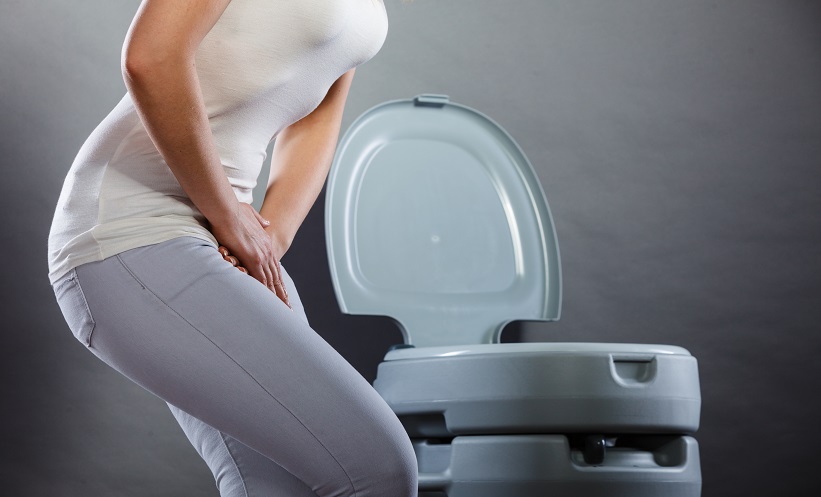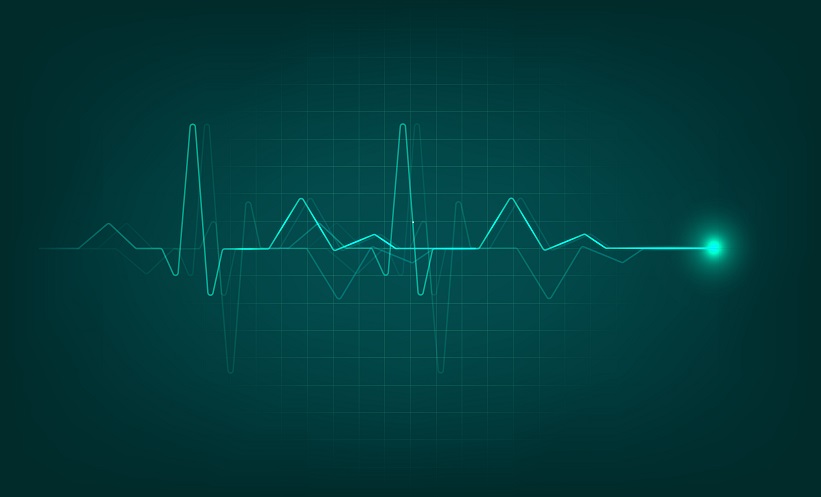BACKGROUND AND AIMS
Lower urinary tract dysfunction (LUTD) develops as a consequence of benign prostatic obstruction (BPO) in ageing males and in many neurological diseases, including 90% of multiple sclerosis (MS) patients.1 Mouse models of BPO and MS (partial bladder outlet obstruction [pBOO] and experimental autoimmune encephalomyelitis [EAE]) develop bladder dysfunction characterised by increased micturition frequency and decreased voiding volume. Using next-generation sequencing (NGS) in biopsies of BPO patients, the authors previously established the importance of cellular immune response pathways during disease progression.2 This study investigated inflammatory mRNA and miRNA signatures in pBOO and EAE mice and compared the observed changes to human BPO patients. Urodynamic parameters were recorded in pBOO mice up to 7 weeks post-surgery to induce obstruction.
MATERIALS AND METHODS
Female 12-week-old C57Bl/6J mice were implanted with a catheter into the bladder dome. After baseline urodynamic measurements, mice were given pBOO or sham surgery (n=7 per group). Urodynamic assessments were performed weekly for 1 or 7 weeks in awake mice, before the mice were euthanised and bladders collected. Urodynamic data was analysed using an adapted LabVIEW (National Instruments, Austin, Texas, USA) program. Statistical significance was tested by a one-way repeated-measures ANOVA followed by Bonferroni post hoc analysis. EAE was induced in female 8-week-old C57Bl/6 mice (EAE n=9; control n=3) via myelin oligodendrocyte glycoprotein (MOGaa35-55) injection in complete Freund’s adjuvant supplemented with inactivated Mycobacterium tuberculosis, followed by pertussis toxin injections on Day 1 and 3.3,4 On Day 35 post-immunisation neurological impairment was assessed, and the bladders were collected. Total RNA was isolated from bladders using mirVana™ miRNA Isolation Kit and a panel of inflammatory gene expression markers were tested using quantitative reverse transcription PCR. Statistical significance was tested using the multiple two-sided t-tests. Bladder biopsies (n=6 per group) were collected from BPO patients and the transcriptome was analysed using NGS.2 Groupings were based on urodynamic phenotype (detrusor overactivity, no involuntary detrusor contractions, detrusor underactivity, controls).
RESULTS
The authors’ previous NGS data in human patients with BPO revealed a significant upregulation of the inflammatory gene expression signature.2 This study confirmed these findings in the pBOO mouse model, where CCL2 and macrophage markers (ADGRE1, CD68, and CCR2) were significantly upregulated after 7 weeks. Urodynamic investigations revealed a significant increase of the maximal detrusor pressure during voiding, 1-week post pBOO surgery, which normalised within 3 weeks. Occurring with a delay of 4 weeks post-surgery, threshold detrusor pressure remained decreased throughout the experiment. Pathologic bladder remodelling including muscular hypertrophy and collagen deposition were confirmed through Masson’s trichrome stain and increased bladder-to-body-weight ratio. Similarly, EAE mouse bladders displayed a significant upregulation of markers indicating local inflammation, activated TNF-α signalling, and hypoxia. Furthermore, mRNA including F4/80, HIF1a, and NLRP3, and miRNA including miR-142 and miR-146, were elevated.
CONCLUSION
Bladder dysfunction in mice is established within 7 weeks post pBOO as shown by the urodynamic phenotype, concomitant with specifically upregulated mRNA involved in inflammatory signalling pathways. EAE mice with established neuroinflammatory symptoms showed signs of inflammation and hypoxia in the bladder. This indicates that bladder inflammation may play a key role in the development of LUTD induced by BPO and MS.








